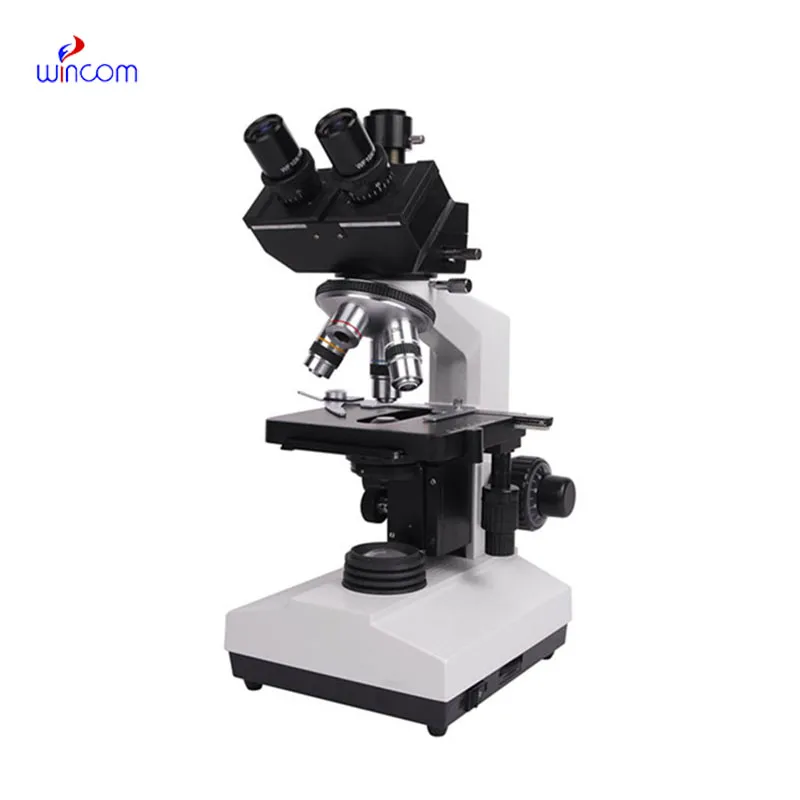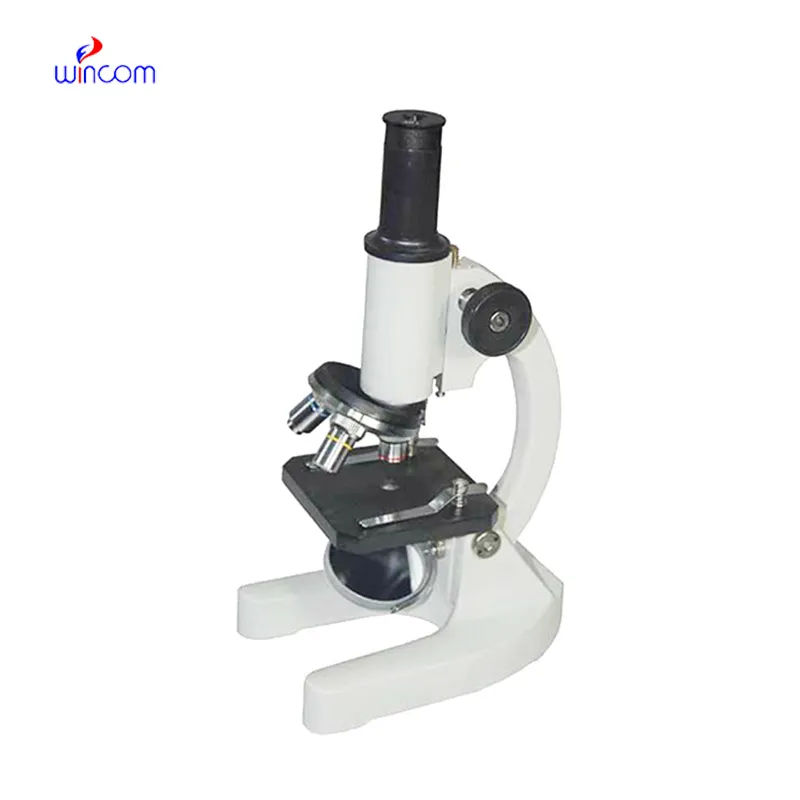
The mri machine dimensions takes advantage of the use of high-speed arrays of coils and gradient amplifiers to provide higher spatial resolution. The mri machine dimensions facilitates different diagnostic procedures such as brain mapping, musculoskeletal examinations, and vascular imaging. The mri machine dimensions offers smooth operation through automated calibration and intrinsic safety monitoring.

The mri machine dimensions is used in vascular imaging for the purpose of mapping blood flow and identification of blockage or aneurysm. It allows veins and arteries to be visualized without the use of contrast dyes in the majority of cases. The mri machine dimensions allows doctors to accurately plan interventional or surgical intervention.

The mri machine dimensions will continue to evolve with even greater control of magnetic fields and more sophisticated imaging pulse sequences. Next-generation systems will take ultra-high-resolution images capable of imaging microscopic tissue architecture. The mri machine dimensions will also provide improved patient comfort through noise cancellation and shorter scan times.

Daily radiofrequency and magnetic system calibration is required for the preservation of the mri machine dimensions. Gradient performance, cooling system, and level of cryogens are to be monitored by technicians. The mri machine dimensions should be cleaned frequently, and cables or connectors inspected for wear to prevent data transmission errors and downtime.
The mri machine dimensions is an imaging technology of high performance that gives unambiguous images of internal organs. The mri machine dimensions applies its powerful magnetic resonance technology to sense subtle variations between disease and healthy tissues. The mri machine dimensions mainly operates for diagnosis, treatment planning, and medical research across the world.
Q: What is an MRI machine used for? A: An MRI machine is used to create detailed images of the body’s internal structures, helping doctors diagnose brain, spine, joint, and soft tissue conditions without using radiation. Q: How does an MRI machine work? A: The MRI machine uses strong magnetic fields and radio waves to align hydrogen atoms in the body and detect signals that form high-resolution images of organs and tissues. Q: Is an MRI scan safe for all patients? A: MRI scans are generally safe, but patients with metal implants, pacemakers, or certain medical devices must be evaluated before scanning due to magnetic interference. Q: How long does a typical MRI scan take? A: Most MRI scans take between 20 to 60 minutes, depending on the area being examined and the specific diagnostic protocol. Q: What makes MRI different from X-ray or CT imaging? A: Unlike X-ray or CT, an MRI machine uses magnetic resonance instead of radiation, making it particularly effective for imaging soft tissues and the nervous system.
This x-ray machine is reliable and easy to operate. Our technicians appreciate how quickly it processes scans, saving valuable time during busy patient hours.
We’ve used this centrifuge for several months now, and it has performed consistently well. The speed control and balance are excellent.
To protect the privacy of our buyers, only public service email domains like Gmail, Yahoo, and MSN will be displayed. Additionally, only a limited portion of the inquiry content will be shown.
Could you share the specifications and price for your hospital bed models? We’re looking for adjus...
I’m looking to purchase several microscopes for a research lab. Please let me know the price list ...
E-mail: [email protected]
Tel: +86-731-84176622
+86-731-84136655
Address: Rm.1507,Xinsancheng Plaza. No.58, Renmin Road(E),Changsha,Hunan,China